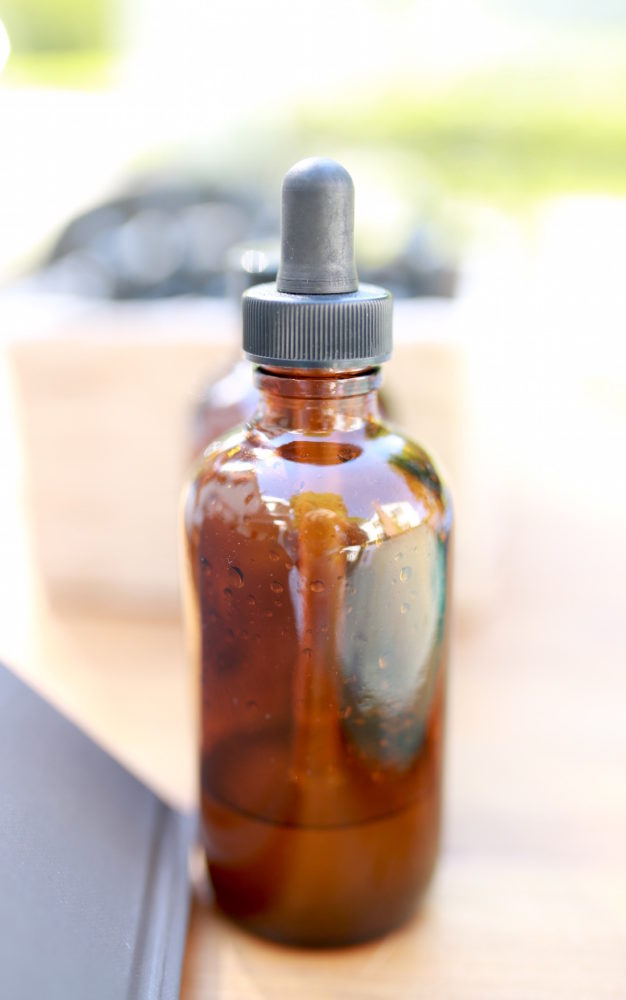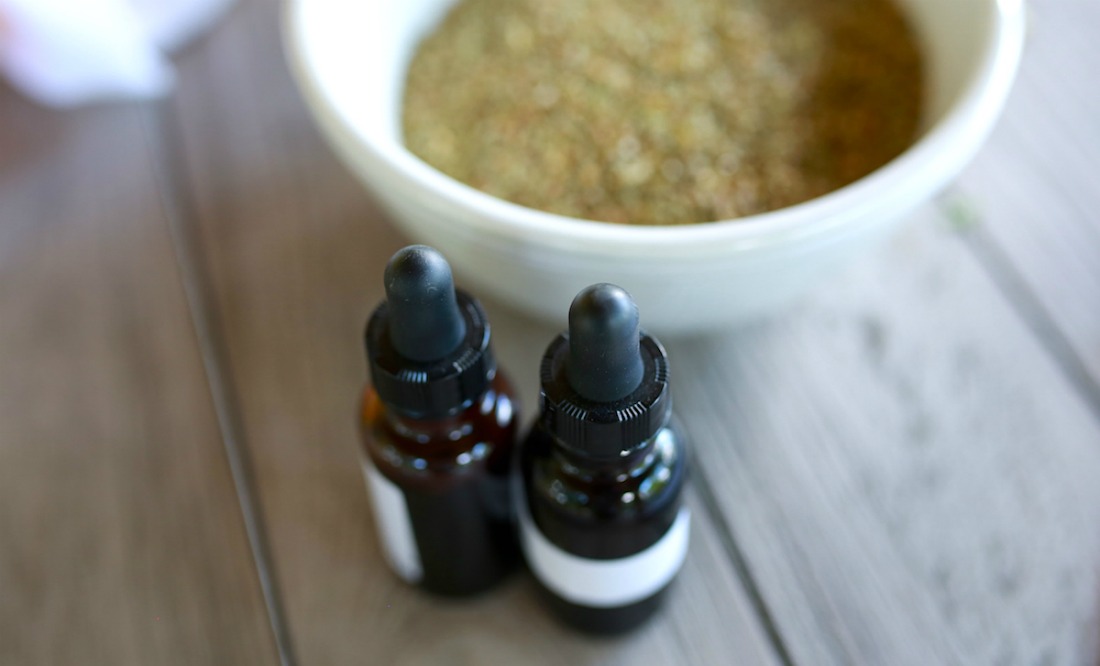
How To Make A Tincture
An herbal tincture is a long lasting and effective form of receiving an herb’s gift. It has a much longer shelf life than an infusion or decoction and can be stowed in your bag or cupboard for easy access and use. In this post, you will learn how to make a tincture along with the supplies you will need to get started!
What is a Tincture?
Before learning how to make a tincture, it is important to learn what a tincture is! Tinctures are herbal preparations that use something beyond water as a solvent. Using a solvent like alcohol, vinegar, or glycerin, you can extract a greater spectrum of the whole plant and preserve the medicine much longer than an infusion or a decoction. Alcohol is especially an excellent solvent that extracts a wide range of plant properties and allows for easy absorption of healing compounds into the bloodstream.
In this article, we will focus on making a simple, folk method alcohol tincture which is one of the many methods used in herbalism. The folk method uses no measurements except sizing things up with your eyeballs. The folk method will inherently produce variable results in terms of ratios and strength, but you can keep track of how much herb and liquid you are using so that you will at least be consistent in your results when re-making tinctures over time.
Tincture Making Supplies
There aren’t too many supplies needed to make a tincture.
- Wide-mouthed canning jars and tight-fitting lids
- Dry or fresh herbs. We recommend purchasing quality herbs at Mountain Rose Herbs.
- Vodka or brandy (40-60% alcohol content for dry herbs; 70-95% for fresh herbs).
- Cheesecloth or muslin
- Rubber band
- Funnel
- Tincture bottles. These one ounce bottles on Amazon will work perfectly. Other sizes are also available.
- Patience. Making tinctures takes time!
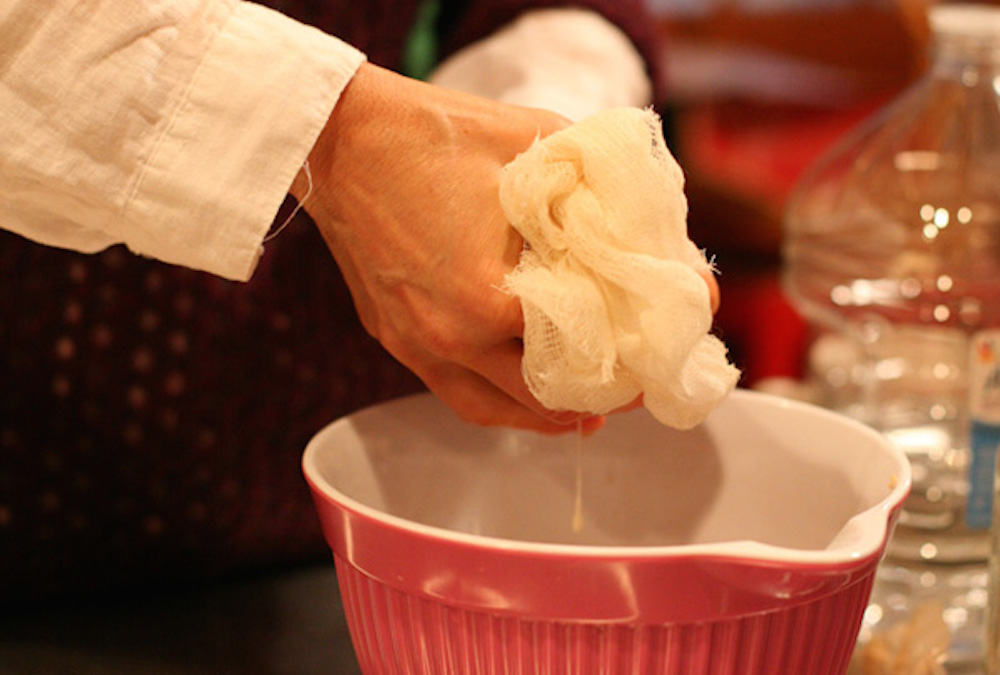
Choosing Herbs for Tincture Making
You may want to first think about the actions or energetics of the herb that you are using, in addition to any precautions or contraindications. If you have a medical condition, are taking pharmaceutical drugs, or are pregnant, please consult your physician prior to taking herbs.
For the folk method of tincturing, good herbs to try are gentle ones like chamomile, calendula, dandelion (unless you have gall bladder issues), burdock, echinacea root, black elderberry flowers, fennel, hawthorn (unless you are on heart meds), lavender, meadowsweet, mullein, passionflower, California poppy (unless you are pregnant or taking MAOIs), and St. John’s wort (unless you are taking pharmaceutical meds).
Some questions to ask before choosing herbs are:
- Do you want something that will be calming?
- Something to soothe or prevent illness?
- Do you have a medical condition or are you taking any pharmaceutical drugs?
- Do you have allergies to certain plants or plant families?
Another factor to consider when choosing herbs is solubility. Alcohol can extract properties like alkaloids, sugars, enzymes, essential oils, minerals, and vitamins but precipitates the healing mucilage you may be trying to extract in herbs like marshmallow root (cold water infusion is the preferred method for marshmallow root).
Once you have your herb in mind for tincture making, you can purchase them online from a quality source (we recommend Mountain Rose Herbs), buy them at a nearby health foods store, or pick them right from your garden. If you choose an herb from your garden, make sure it has not been sprayed with chemicals, is not under roof drip lines or along roadsides, and is free of soil and critters.
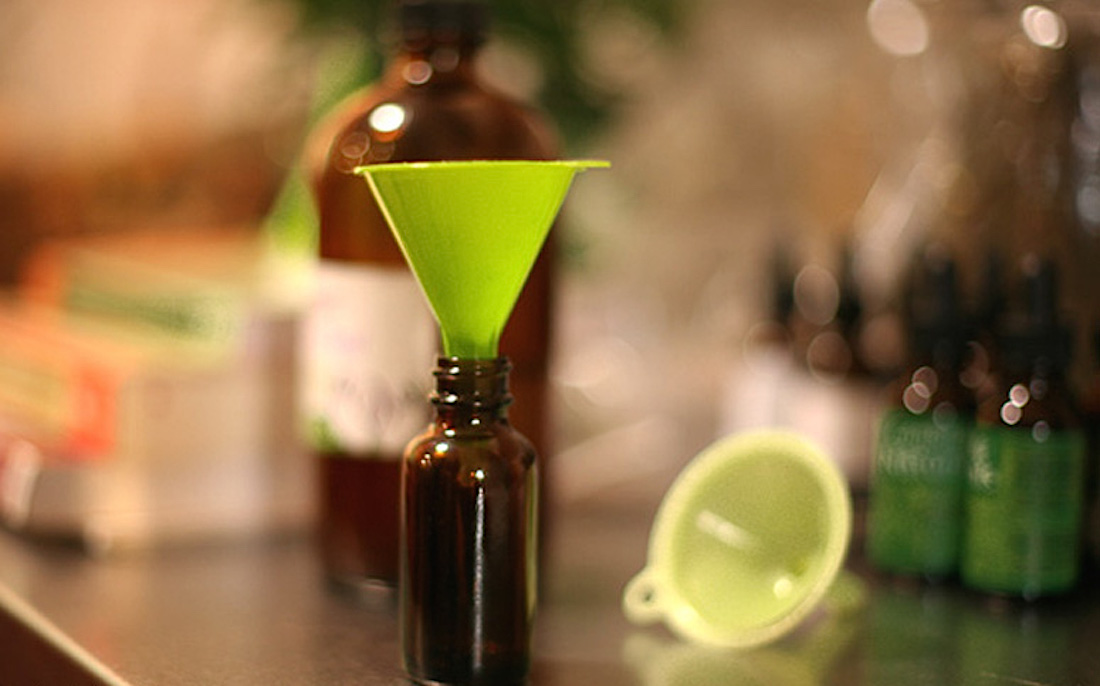
How to Make a Tincture
1. Remove the fresh or dried herbs off of the stalks. If using freshly dug roots, wash and scrub them of dirt.
2. Chop fresh herbs and grind dried herbs to increase the surface area for the maceration. Place herbs into a clean, dry jar with a wide mouth.
3. Pour high proof alcohol (vodka or brandy) over the herbs until the alcohol level is an inch above the top of the herbs. Dry herbs may absorb the liquid, so check and add alcohol as needed.
4. Cover tightly with a lid and place the jar in a dark cupboard and allow to soak or macerate for 4-6 weeks.
5. During this time period, give the jar a shake every 2-3 days. Keep an eye on the alcohol level to ensure all your herbs are still covered.
6. Once macerating is complete, layer cheesecloth a few times over top of a clean bowl and secure with rubber band if possible.
7. Strain the mixture through the cheesecloth and with clean hands, gather the cloth up and squeeze strongly so every bit of possible liquid is drained from the herbs.
8. Allow material to settle overnight and strain again, or decant, through a smaller filter such as filter paper or a thin wire screen.
9. Use a funnel to transfer into labeled, amber bottles and store out of the light.
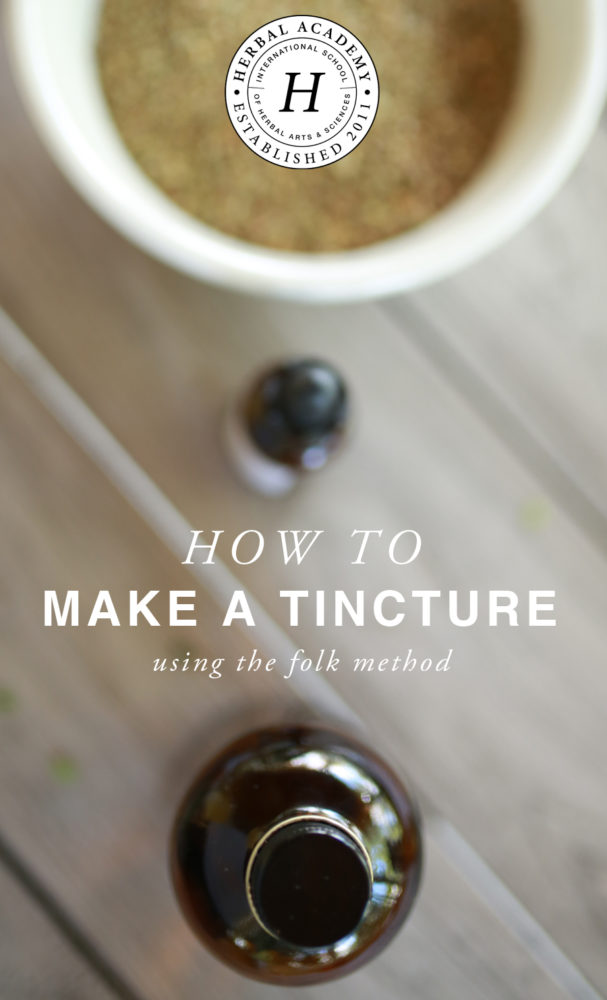
An alcohol based tincture will last many years. Using a standard sized dropper bottle, adult dosages are typically 30 to 60 drops in a little water, taken three times a day. However, drop size can be variable depending on the viscosity of the preparation and the dropper size, so if you prefer more precision in your dosage you can consult a reputable publication like Medical Herbalism by David Hoffman.
Learning how to make a tincture is just one of the first things beginners learn in herbalism. If you are interested in studying herbalism, start your journey in the Online Introductory Herbal Course or the Online Intermediate Herbal Course. Learn more about herbs and how to use them as medicine and as food!
REFERENCES
Cech, Richo. (2000) Making Plant Medicine. Williams, OR: Horizon Herbs
Gladstar, Rosemary. (2012) Medicinal Herbs: A Beginners Guide. North Adams, MA: Storey Publishing.
Herbal Academy of New England. (2013) Herbal First Aid, Herbal Academy of New England’s Medicine Making Handbook

